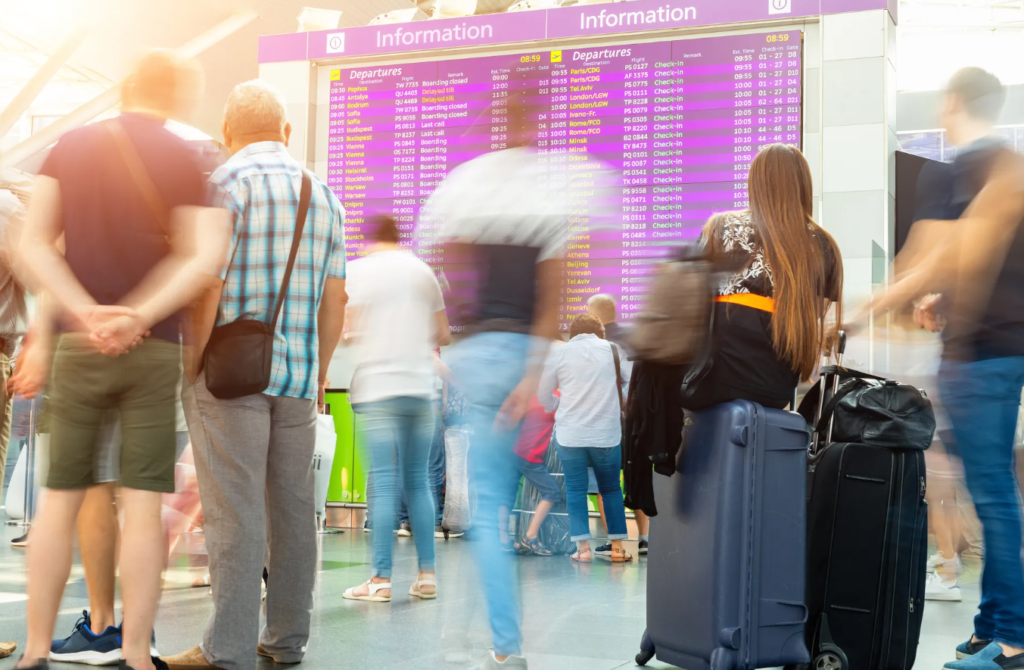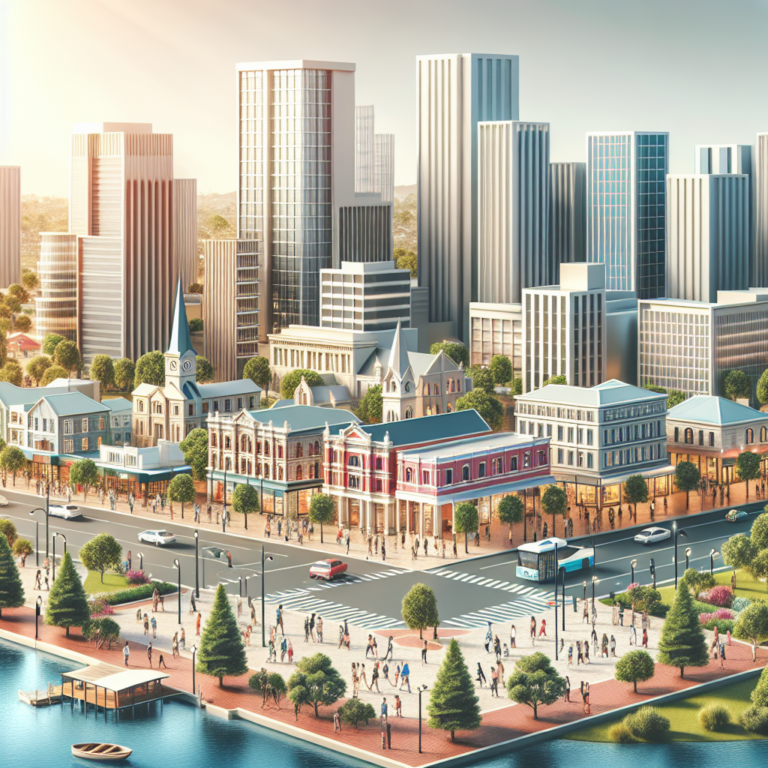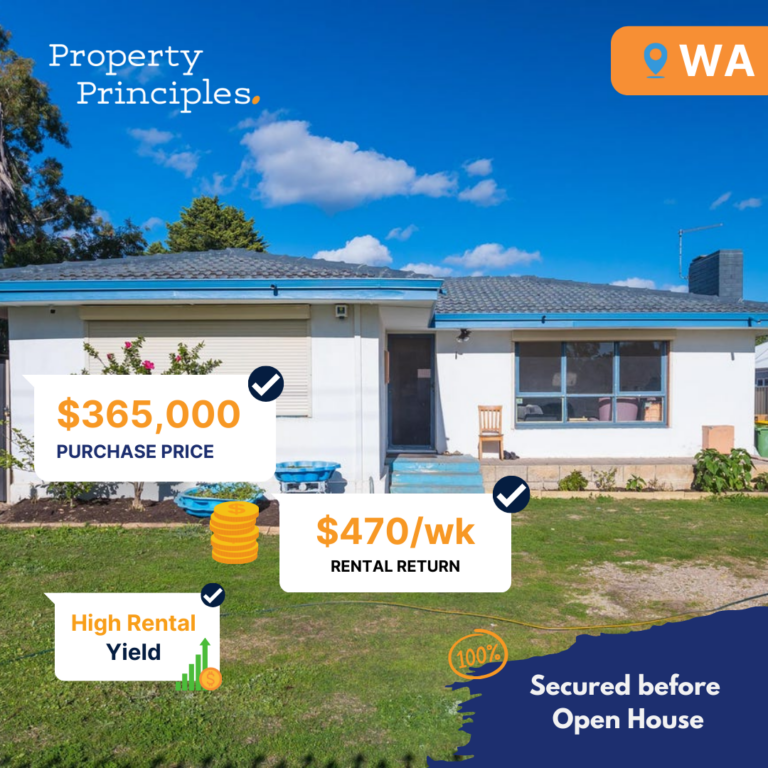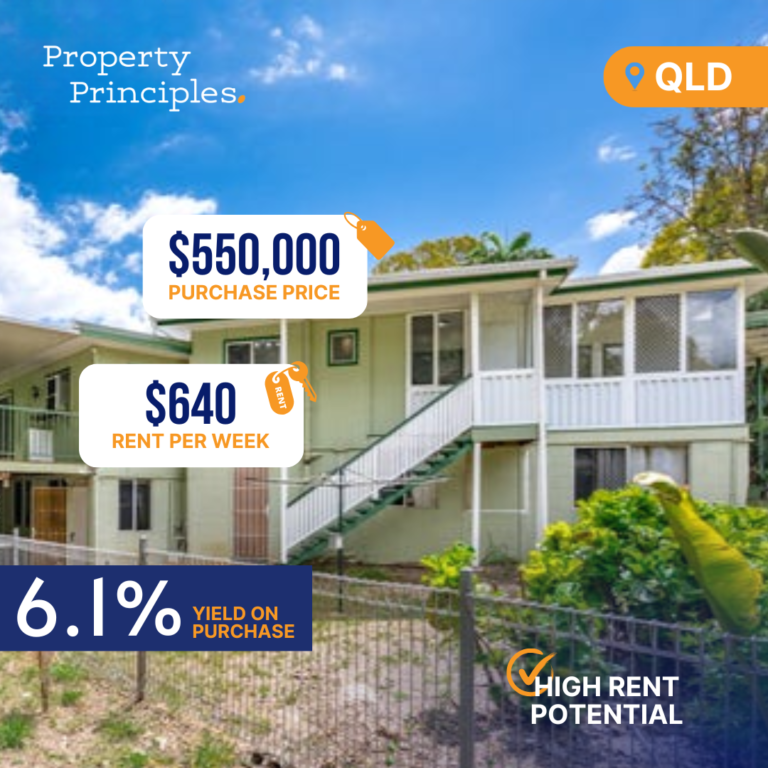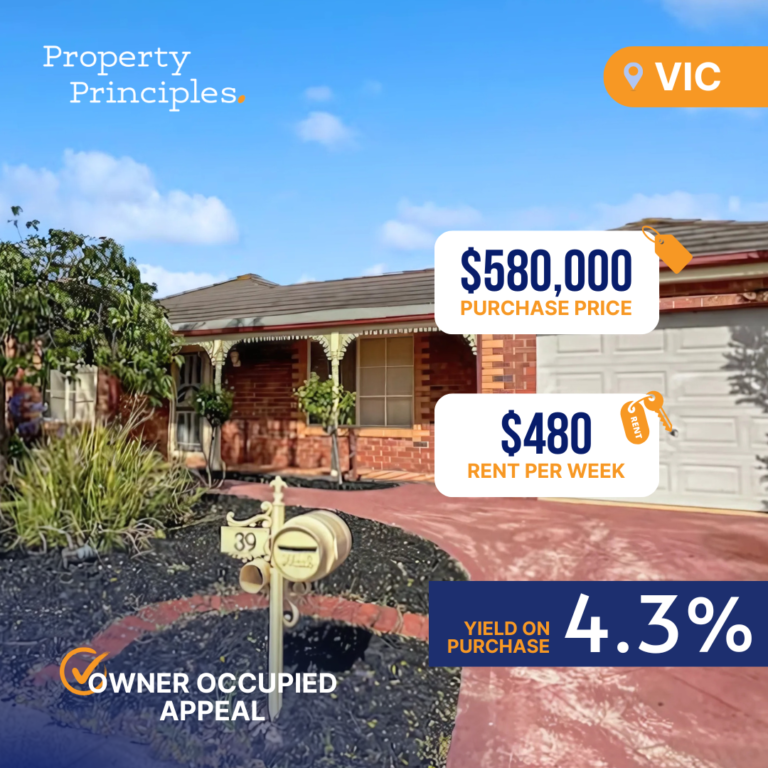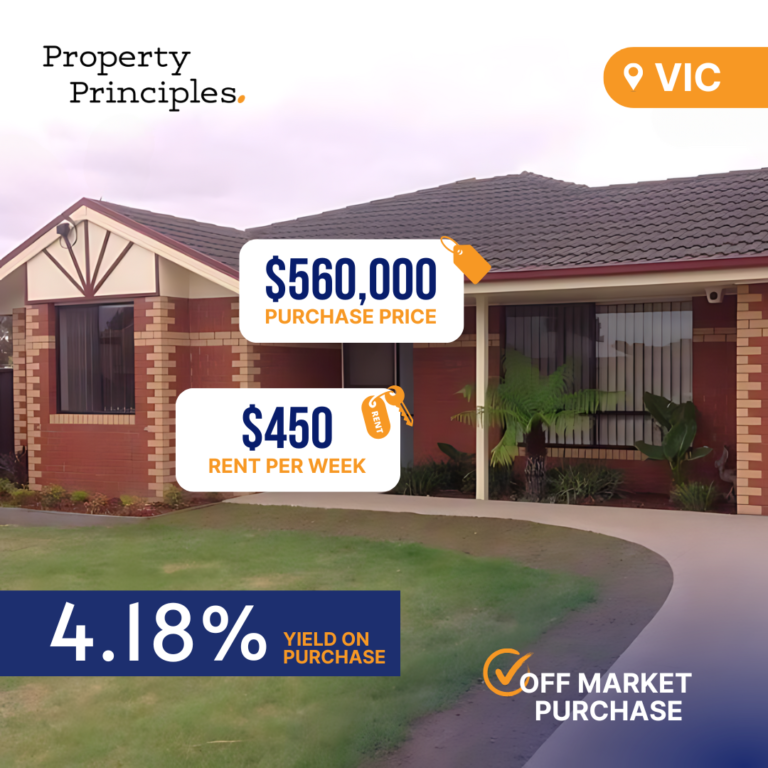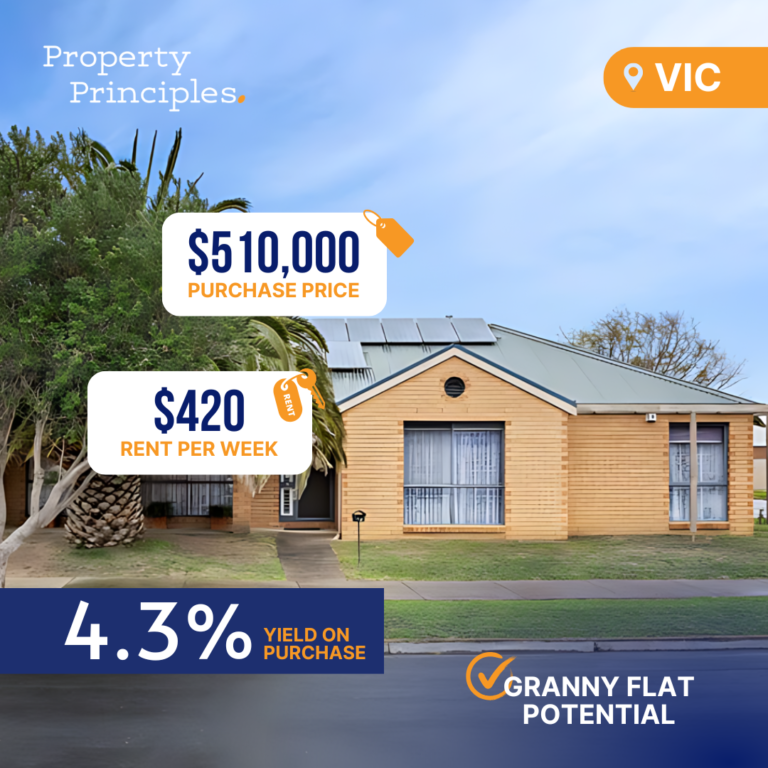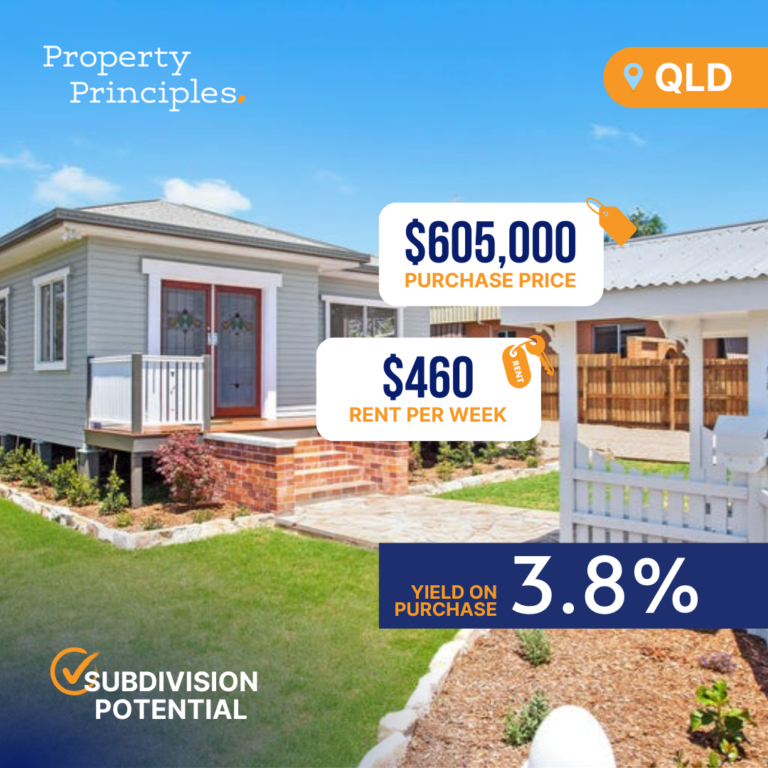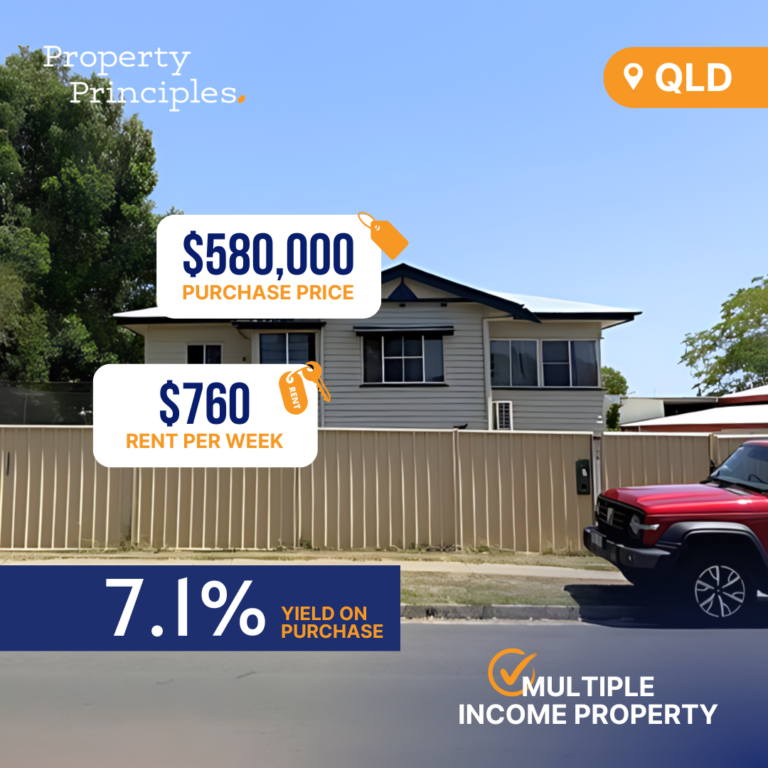The Australian Bureau of Statistics (ABS) recently revealed that New South Wales (NSW) has seen a record-breaking 153,400 net migrants arriving in the state in the year leading up to March 2023. This massive influx of new residents is creating an urgent need for housing, but unfortunately, the actual dwelling construction rates in the area have faced a significant decline.
As a result, rental vacancy rates across Sydney have plummeted, leading to a strong growth in rental prices, particularly for units. The National Housing Accord, which was agreed upon by all governments at the National Cabinet last month, states that 76,000 new homes are required to be built in NSW annually for five consecutive years in order to meet the federal government’s target of 378,000 new homes.
However, this target seems quite ambitious, as it is double the number of houses the state is projected to construct and it’s higher than any number of homes that have been built in the past. It’s hard to imagine how such an ambitious target could be reached in the current context of high interest rates, structurally higher materials costs, labor shortages, and a record number of construction company failures in NSW.
Adding to the challenge, a recent survey conducted by online trade marketplace hipages found that 65% of NSW tradies working in the home building sector have considered moving interstate or to a new city due to difficulties in maintaining their business viability. A majority of the 500 business owners and leaders surveyed were concerned about the increasing cost of materials, the cost of living crisis, and increasing business costs such as petrol and insurance.
One Sydney bricklayer, Ross Pirillo, shared his thoughts on the possibility of moving to Queensland for better access to work: “A lot more work’s going on in Queensland, and I think the cost of living would be less. If I didn’t have family here, I’d probably be there already.”
Katie Stevenson, NSW executive director of the Property Council of Australia, stated that NSW needs to build nearly double the number of homes currently being constructed each year in order to keep up with the projected population growth.
As it stands, it appears that NSW, and Australia as a whole, has little chance of keeping up with the federal government’s aggressive immigration program. In light of these challenges, it might be more viable for Premier Chris Minns to call for a reduction in the immigration intake rather than lobbying for an increase. Without a more balanced approach, the housing crisis in the state will only continue to intensify.

